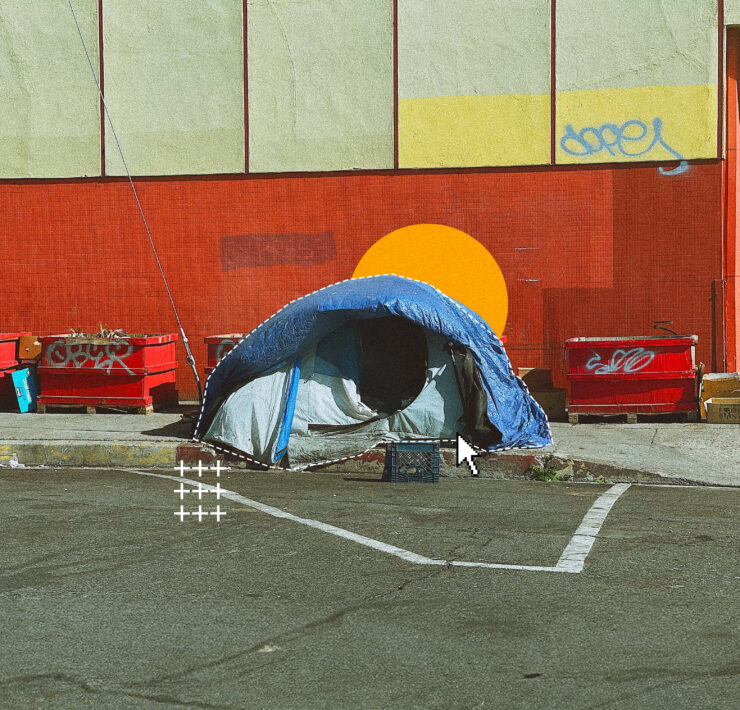
A new study from the journal Science has found that a person born this year will face, on average, twice as many wildfires, almost three times as many droughts, crop failures and river floods, and seven times as many heatwaves as their grandparents did.
“We found that everyone under 40 today will live an unprecedented life in terms of their lifetime exposure to heat waves, droughts and floods,” said Wim Thiery, a climate scientist at Vrije Universiteit Brussel in Belgium. “This is true even under the most conservative scenarios.”
Thiery led the research, which is the first to study how the adverse effects of climate change will hit various demographics differently. It found that young people will bear a far heavier brunt of the climate change fallout.
But the intergenerational differences are mild compared to how much harsher the impact will be between people in different parts of the world. The study found that young people in developing nations will be hit far harder than they will in other countries. Even if nations follow through the greenhouse emission cutting pledge of the Paris Agreement, 172 million children in sub-Saharan Africa are still facing 50 times more heatwaves in their lifetimes, compared to the 53 million children facing a similar fate in Europe and Central Asia.
NBC News cautions that the impact could hit harder than the study predicts, since it only studied the frequency of severe weather. It did not study the duration and severity of these weather events, though other studies have shown that climate change is causing droughts, heatwaves and other weather events to be harsher and last longer.
The study also doesn’t account for the intersectionality of such events. A long heatwave and a drought are both ugly in isolation, but their combined impact is much worse in a multitude of ways, though climate scientists are unable at present to easily predict the overlap of these events.
Suffice to say, it’s hard to get a clear picture of exactly what the future will look like under climate change, but it will certainly very different and very difficult, especially for younger people and especially for younger people in developing nations.
The good news? How bad it gets remains up to world leaders and large corporations, and how seriously they’re willing to take the threat. The bad news is that, so far, even the most sympathetic of these entities has seemed unwilling to move with the necessary urgency on the issue. It remains up to the people to put the requisite pressure on them to do the right thing for generations who will grow up in the world they’re leaving behind.























